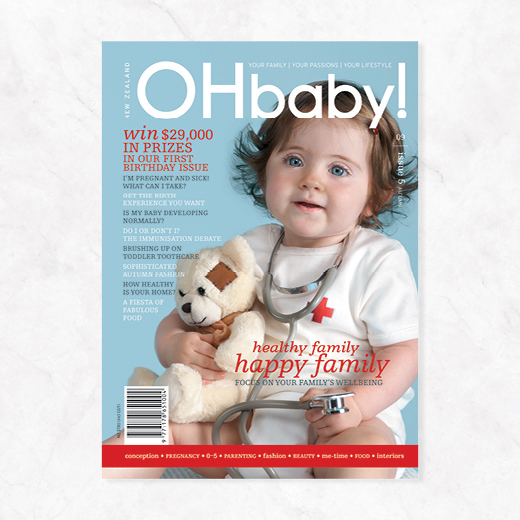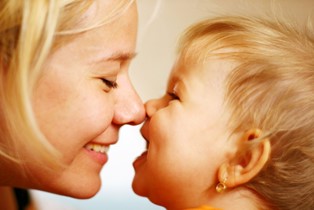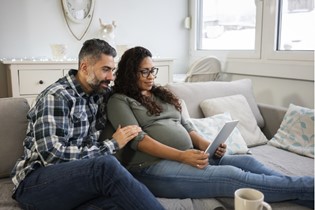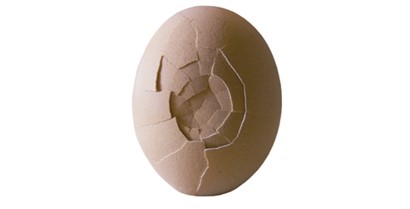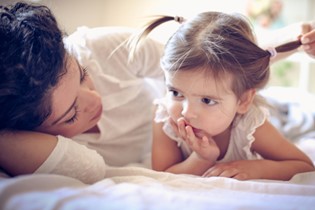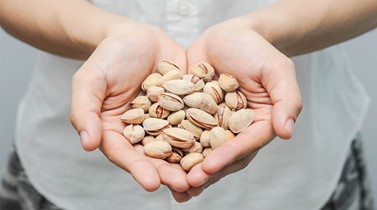Living with endometriosis
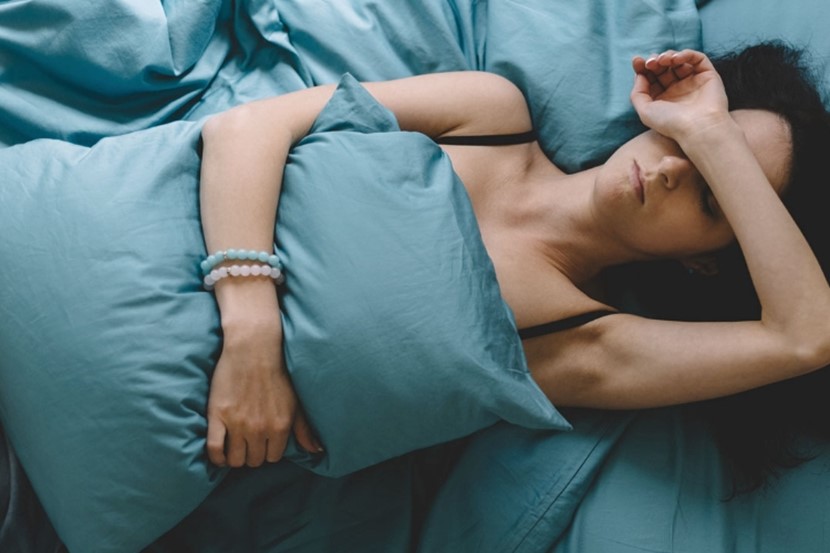
Racquel Thomson of MOBEA knows firsthand the suffering endometriosis can cause. Here she candidly shares her journey through 'endo'.
I love being a woman because there are so many aspects to our makeup that are unique to us. Our femininity, our strength, and our natural unselfishness enable us to bear children. I also love being pregnant, not only for the amazing journey that our bodies go through in order to bestow on us a beautiful gift at the end of the road, because in my case, it's nine months of feeling rather normal and having relief from the pain and discomfort that comes from living with endometriosis.
Since my pre-teens, I have lived with endometriosis. I first started my monthly cycle when I was 12, and I felt quite burdened with the fact that it seemed to be happening to me so young. I remember that it took me about two years to get to grips with the heavy bleeding, unbearable cramps, bloating, constipation, nausea, dry retching, vomiting, and mood swings. This sort of pain would begin almost a week before the start of my period, like a volcano building up, before it would hit and then take a few days to subside. Not all the symptoms would be present each time, so it was a bit of a guessing game about how bad it would be.
| More information about and support for endometriosis |
I stopped playing sport, as I felt that I could not be reliable to be at the practices or be good on the day of a game. Mum was great - she understood that I was in pain, and we went to the doctor a few times to find out what to do. They gave me the option of taking the pill for a few years, by which time they felt I should have grown out of my severe symptoms. The idea didn't sit well with me, and I refused. I was unable to take Nurofen or similar pain relief as it would upset my stomach. I looked for other alternatives, like drinking herbal teas and taking vitamins, even making dietary changes that restricted sugar, bread, and preservatives to try to reduce the stomach pains, bloating, and mood swings.
At 18, I went on the pill, which reduced a lot of the nausea and vomiting as well as relieving some of the pain. It was not until my early twenties that I relied more on natural health options. I found a great homeopath; she was the first person who suggested endometriosis as the cause for my various symptoms.
Until now, the only medical intervention had involved three hospital stints to check out pains on my right side - on the third visit, appendicitis was suspected, and so they removed it. As they did so, they also disentangled my bowel, which had adhered itself to my appendix. No other tests were done regarding this occurrence.
At 29, and out of the blue, I realised that I was pregnant, and along came our beautiful Saffron. When Saffron was about 10 months old, we decided that we'd try for another child when she turned one, as I was happy to have children close together. Well, a year came and went, and so did another and another. After three years trying to get pregnant, a good friend said that if it had not happened by now, perhaps we should get checked out.
We went to our GPs and started the process, including a consultation at the public fertility clinic at Wellington Hospital. My partner Rob's GP organised a sperm test for him, which showed he had low motility. Despite this, at the back of my mind, I didn't think we would need fertility treatment and that we would conceive before it was necessary.
Working only part-time, I realised that Saffron would soon be in school, and if another baby didn't happen, I would look at something job-wise that would be a long-term challenge. This is when I merged into MOBEA. I loved the label, which my good friend and now business partner Justine Stuart started during her pregnancy with her daughter Holly.
Six months later, I was still not pregnant, so we met with Fertility Associates to look into IVF. Rob was asked to have another sperm test, and I had a blood test to check my hormone levels and to determine where my ovulation cycle was at. I was also booked in for a laparoscopy to check if I had any fallopian tube blockages or signs of endometriosis.
Four months later, I was wheeled into hospital for the laparosopy, and it confirmed stage-two endometriosis. They found lesions in several places, and they also found that my right ovary was adhered to my pelvic wall, and the fallopian tube was closed and adhered to the ovary. This explains why my bowel was adhered to my appendix at the time of removal. It also means that I am able to conceive only every two months from my left ovary.
So with endo confirmed, the fertility clinic also had my blood results, indicating hormone and ovulation levels which showed an FSH level (follicle stimulating hormone) at the upper end of the normal limit. This is one of many factors that can contribute to infertility.
Near on two years from the start of the process, Rob and I received confirmation that we had been accepted for funding and had been given a date for IVF treatment. With both of us having a few glitches in the process of making babies, we thanked our lucky stars that having Saffron was a miracle, and realised that if we really wanted another child, IVF was perhaps the answer.
So in February 2008, we embarked on the IVF process. The first live embryo did not result in a pregnancy, and we only had one frozen embryo left. I was very disappointed that I was not pregnant, and reluctant to give the embryo on ice a go. My husband was more optimistic, and said, "It's now or never - let's give this a try and, if we're unsuccessful, we will move on and be happy with our Saff."
I'm pleased he talked me into trying, as we now have our son Louis. Fortunately, we only had to only go through one cycle of treatment. I had a healthy pregnancy and loved the opportunity to wear the MOBEA label as a pregnant woman.
We count our blessings that our journey was not as long as some, and we still can't quite get used to the idea that we finally have the addition to the family we have all waited so long for.
In the back of my mind, I know that once my body has settled down after the pregnancy, various symptoms of endometriosis will return. I realise that it will never really go away for good, and it will always be a self-managing process; in what shape or form it will manifest will be a game of wait-and-see.
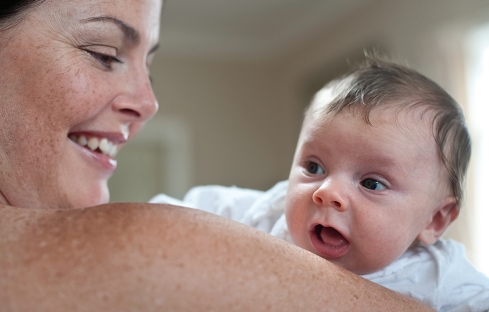

AS FEATURED IN ISSUE 5 OF OHbaby! MAGAZINE. CHECK OUT OTHER ARTICLES IN THIS ISSUE BELOW
